Today was a big day in the industry, to say the least. With the release of DeepSeek-R1 last week, stocks of the companies that are involved in the huge AI infrastructure build-out fell rapidly today as folks pondered the implications. Some folks say that the AI race is over, given a new lower-cost model is out. I think that is quite a bit overblown.
DeepSeek Day in AI
For those who did not see, today DeepSeek-R1 was released with some very impressive benchmark claims in terms of its accuracy:
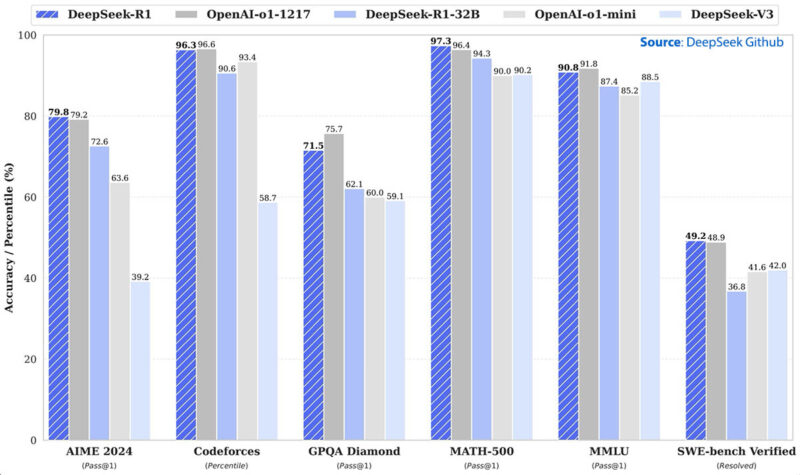
One impact of DeepSeek is that it is a competitive model. The more impressive bit might be the inputs to get that level of accuracy. In the DeepSeek-V3 paper, the company outlined a lot of its work to maximize the use of the NVIDIA H800 GPUs as well as limiting the inter-GPU communication. The NVIDIA H800 is a Hopper GPU designed to meet certain US export restrictions with one of the big differences being the GPU bandwidth. DeepSeek-V3 took something like 2.8M NVIDIA H800 hours. At $2/ hour that is under $6M of training time. DeepSeek-R1 costs more, but it is clear that the team’s innovations are yielding big benefits even just with FP8 training as an example.
As a result, a lot of folks are spooked today that this means the end to the AI infrastructure build-out, or at least a significant slowing. I have a very different take on this. A NVIDIA HGX H200 8-GPU baseboard costs roughly $250K, with the entire system cost being $350K+.
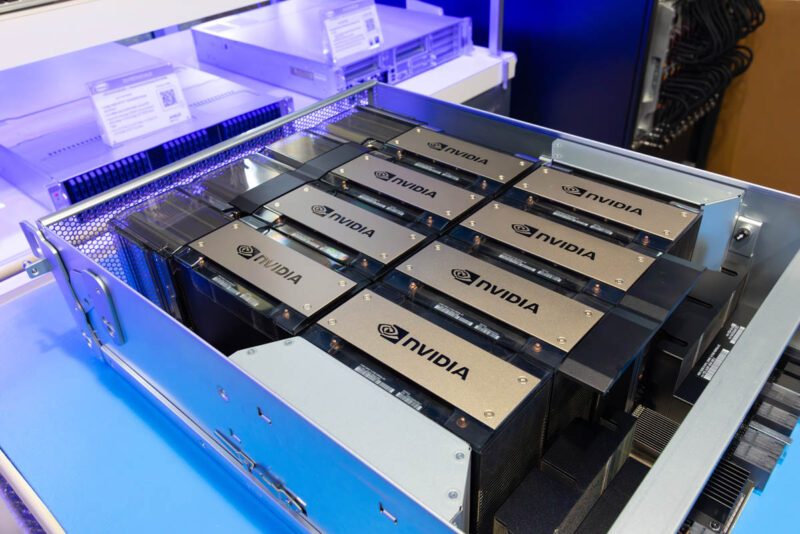
As we went into this weekend in our Substack, the AMD Instinct MI325X and MI300X are designed to fit in the same form factor, but there is a big difference on the board itself. Whereas the NVIDIA GPUs are designed with a NVLink switch architecture on the HGX H200 8-GPU platform, the AMD Instinct UBB does not have the switched architecture helping to lower costs. Part of what DeepSeek outlined in its V3 paper is that it had to minimize the inter-GPU communication so we see that as part of the team’s “secret sauce.” Its engineering insights will be adopted by the broader community and hopefully that makes both training, and more importantly, inference more accessible to other architectures.
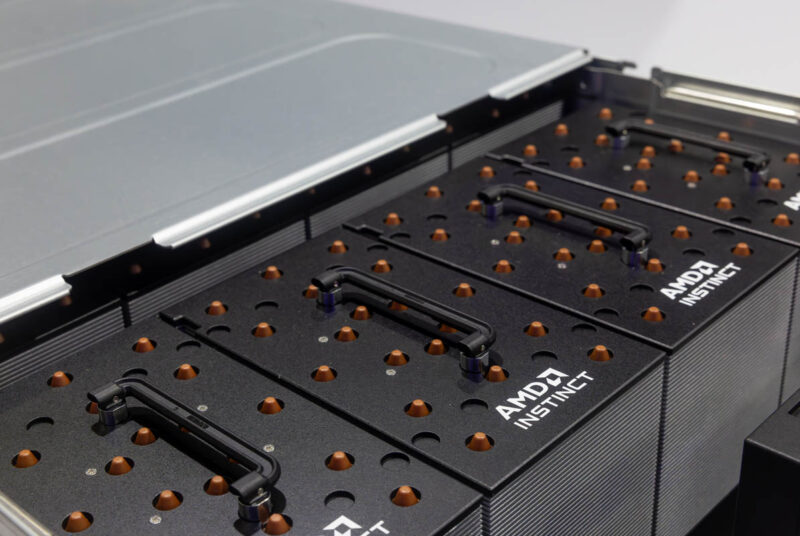
Lowering the costs of the compute, and potentially working around architectural limitations is how AI applications will proliferate. Today, folks are still very focused on LLMs that look like text prompts. The next steps are making machines integrate with humans and then with each other. Some of the coolest demos I get to see for AI applications are those that do not look like chatbots. About a year ago I saw one that was quite mind-blowing. I asked how much it cost to operate, and the company was saying that a single HGX H100 8-GPU machine could do the work of two people. In many places, a system that will have a 3-year cost of $500K that can do the work of two people is not exciting. Frankly, even at 1/5th of that, it is not enough. At 1/50th or 1/100th of the cost, the demo would be revolutionary.
At some point, scaling needs to come both from hardware, but also from model engineering optimization. When we start getting more performance from the hardware, and large jumps from new techniques and optimizations, that is when the costs come down dramatically. For the past year, I have had a demo that I use as a reference. At 1/100th the cost, this demo is something that would be widely adopted. Whenever I see a company making big gains on hardare or techniques, that is all I can think about.
Final Words
Perhaps the other side that spooked people today is that the prevailing theme has been building larger GPU clusters and having more compute would determine the winner. Today’s DeepSeek-R1 release does not fit that narrative. Another way to say that is that DeepSeek’s results seem to indicate that it is not just which organization can amass the largest compute infrastructure.
To me, the training side has been fun, as we have been covering systems for training for a decade. Still, the much bigger application will be inferencing since that is how these models will be deployed and become useful. We will, of course, still show the big training machines, but I really want to show the next step in how these models will be deployed.

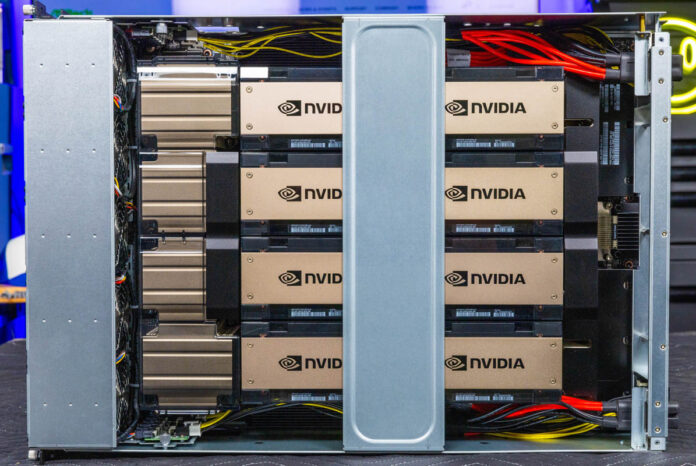

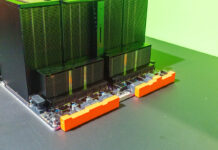

Page 18 and 19 of the DeepSeek technical report ( https://arxiv.org/pdf/2412.19437 ): they use 32 H800 GPUs for the prefill inference phase and 320 GPUs for the decoding inference phase as minimum deployment unit.
And people think less GPUs are going to be needed?
They went gros/cerebras style kind of, and getting to the point where GPU L3 caches are useful.
That’s probably not great for Groq, but great for Nvidia and AMD.
Am surprised that no one has commented yet after yesterday’s trillion-dollar bloodbath.
I wonder whether a tie-in with Huawei could yield some interesting results on the inferencing side.
The more leading edge the technology is, the less behind the Chinese are. It is no longer the case where they were starting from scratch. The Chinese have written a lot of research papers in AI during the last decade. I think that the most important aspect is that DeepSeek shows it is possible to do it for less, and when the paste is out of the tube, it is difficult to put it back. It’s Open Source, AI developers all of the world will look at it and if OK, will use it to develop their own tools.
Corporate America was already wondering why it should spend $M into online services and cloud space, while it is possible to achieve the same goal with much cheaper on premises hardware. Indeed, beside RAG, other use cases of Generative AI are rares for a “normal” corporation.
I just tried deepseek-r1-70b on my desktop Threadripper workstation (3960X). It runs, it’s slow but provides valid results, e.g. “Write a class handling a binary tree using Python 3”. The deepseek-r1-14b performs as well and runs much faster.
CONCLUSION: With a more modern Epyc CPU for more cores, 12-channel DDR5 and nVidia card(s), local inferences should be usable. No need for $M spending.
Finally, DeepSeek released Janus-7B yesterday.
This milestone is as magnificent as announcement of Stable Diffusion and GPT4. Suddenly computers have capability previously unbelievable.